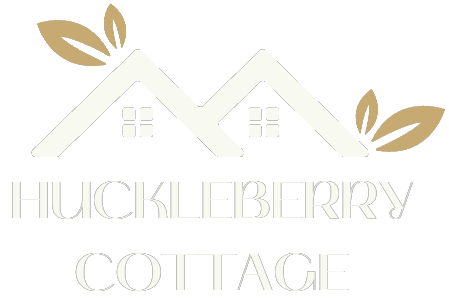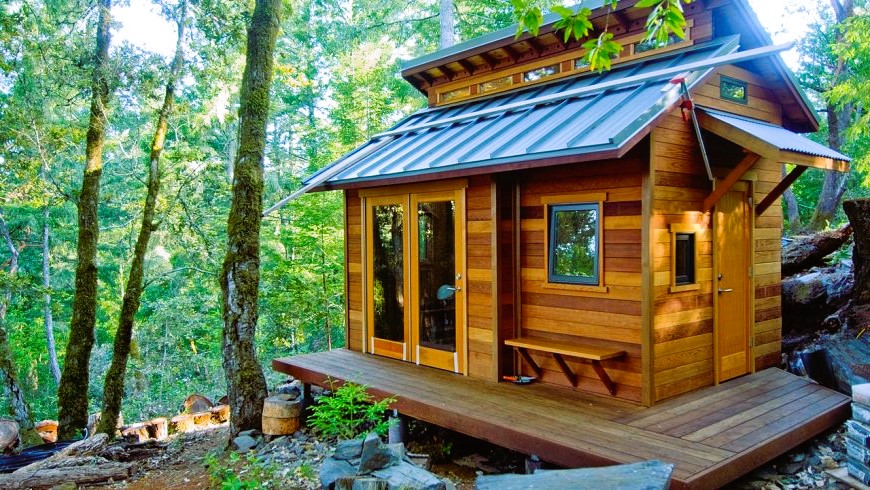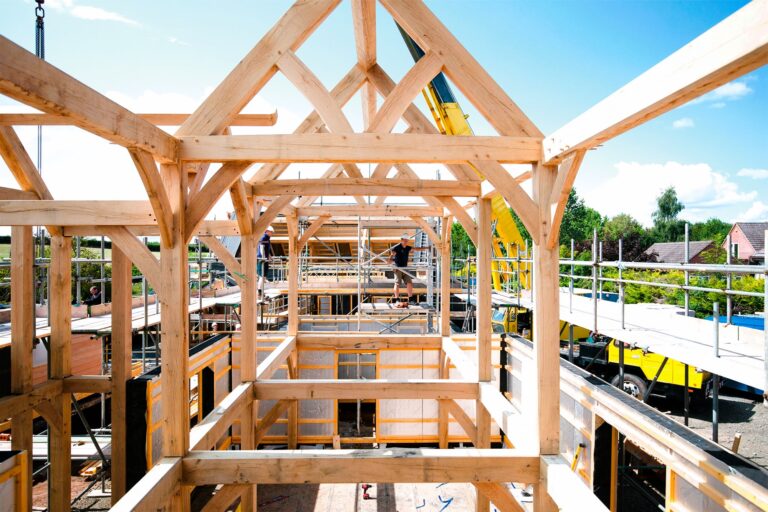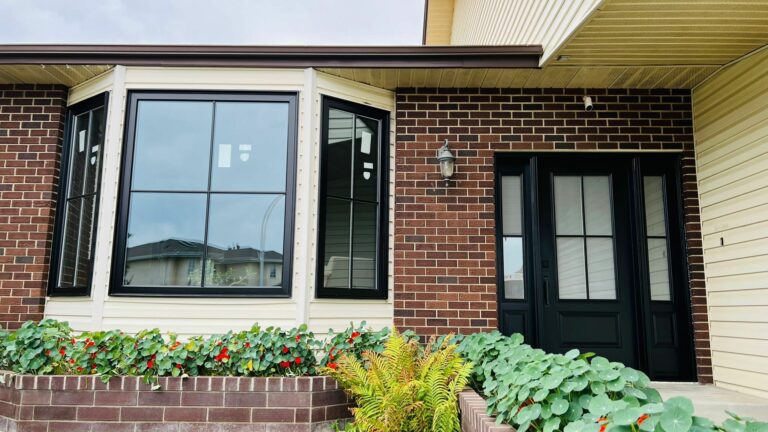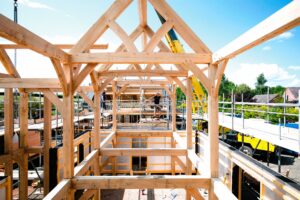When it comes to cottage construction, maximizing the use of natural resources is not only environmentally responsible but can also lead to cost savings and a more sustainable outcome. As individuals become increasingly aware of the impact of their actions on the environment, there is a growing interest in incorporating eco-friendly practices into various aspects of life, including building projects. In this article, we will explore the benefits and strategies for maximizing the use of natural resources in cottage construction.
Sustainable Material Selection:
One of the primary ways to maximize the use of natural resources in cottage construction is through sustainable material selection. Instead of relying heavily on traditional building materials that contribute to deforestation and carbon emissions, consider utilizing renewable and locally sourced materials. Some examples include:
- a. Timber: Opt for sustainably harvested timber from certified sources. Look for lumber that comes from responsibly managed forests or choose alternative materials like bamboo, which grows rapidly and is highly renewable.
- b. Recycled Materials: Incorporate reclaimed or recycled materials into your cottage construction. Materials such as reclaimed wood, recycled metal, and salvaged fixtures not only reduce the demand for new resources but also add a unique character to the cottage.
- c. Natural Insulation: Choose natural insulation materials like sheep’s wool, cellulose, or hemp fiber instead of synthetic options. These materials have excellent thermal properties, are non-toxic, and have a lower carbon footprint.
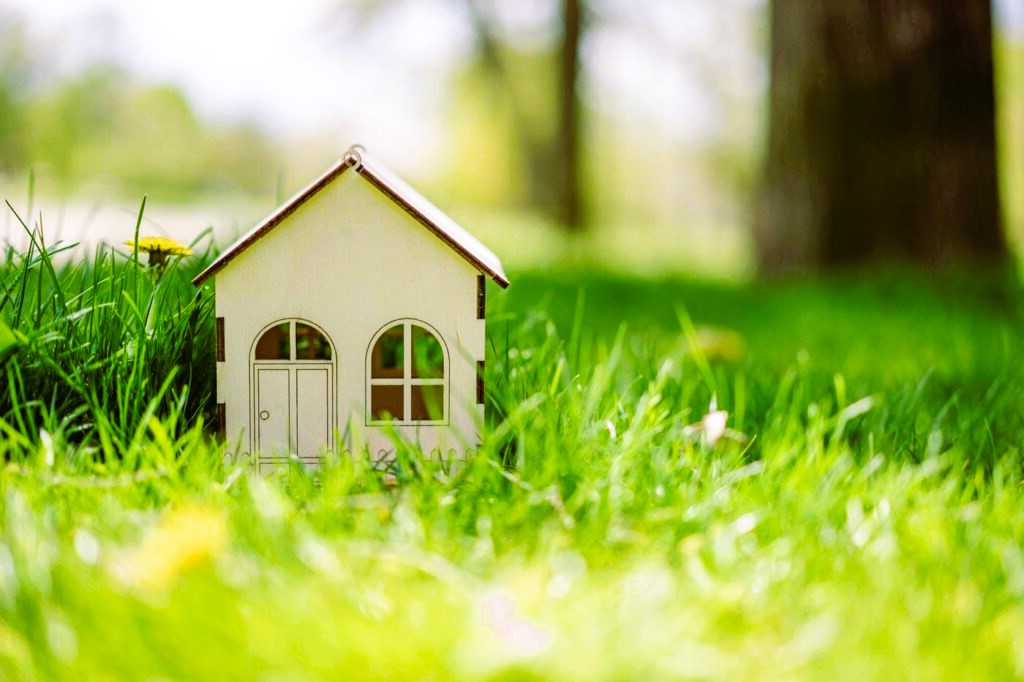
Energy Efficiency:
Designing and constructing an energy-efficient cottage is another way to maximize the use of natural resources. By minimizing energy consumption, you can reduce your reliance on non-renewable resources and lower greenhouse gas emissions. Consider the following strategies:
- a. Passive Design: Incorporate passive design principles to maximize natural light, ventilation, and thermal insulation. This reduces the need for artificial lighting, heating, and cooling.
- b. Efficient Appliances: Install energy-efficient appliances and systems in your cottage, such as ENERGY STAR-rated appliances, LED lighting, and high-efficiency HVAC systems. These appliances consume less energy, saving both resources and money in the long run.
- c. Renewable Energy Sources: Consider integrating renewable energy systems, such as solar panels or wind turbines, to generate clean and sustainable energy for your cottage. This can reduce reliance on fossil fuels and lower utility bills. Do-it-yourself cottage construction, in the article we examined the Pros and Cons.
Water Conservation:
Efficient water usage is another crucial aspect of maximizing natural resources in cottage construction. By implementing water conservation strategies, you can reduce water consumption and promote the responsible use of this valuable resource. Consider the following approaches:
- a. Rainwater Harvesting: Install a rainwater collection system to capture rainwater for non-potable uses, such as watering plants, flushing toilets, or washing vehicles. This reduces the strain on freshwater supplies.
- b. Low-flow Fixtures: Install low-flow faucets, showerheads, and toilets that use less water without compromising performance. These fixtures can significantly reduce water consumption in the cottage.
- c. Native Landscaping: Opt for native plant species in your landscaping to minimize water requirements. Native plants are adapted to the local climate and typically require less irrigation and maintenance.
Waste Reduction and Recycling:
Minimizing waste generation and implementing recycling practices are essential for maximizing natural resources in cottage construction. By reducing the amount of waste sent to landfills, you can conserve raw materials and minimize environmental impact. Consider the following strategies:
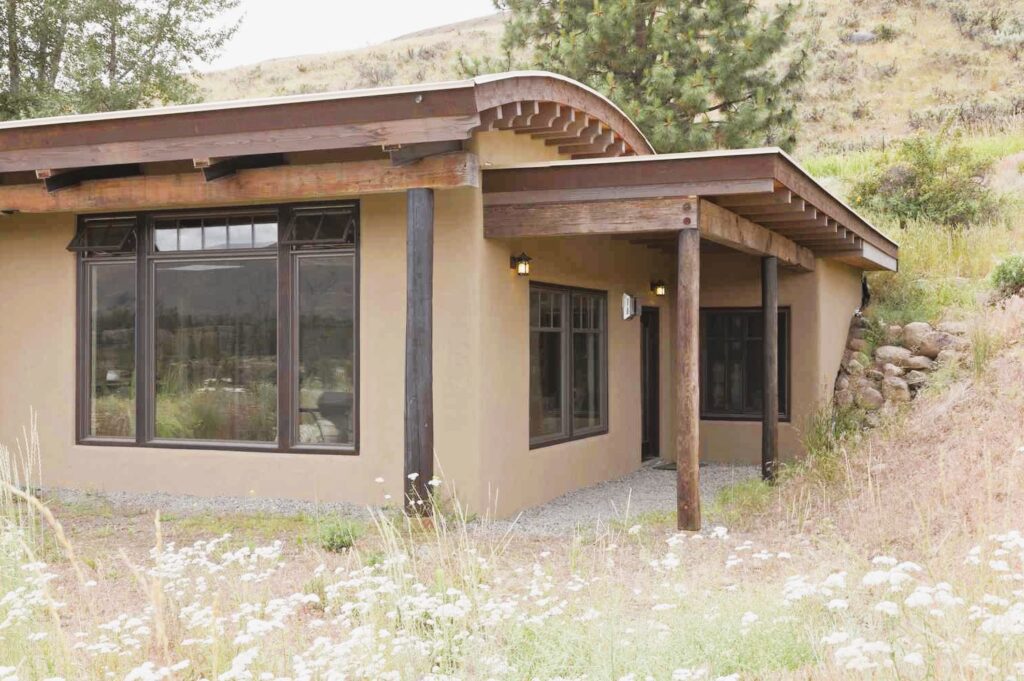
- a. Construction Waste Management: Implement a construction waste management plan that includes sorting, recycling, and reusing construction debris. Many materials, such as concrete, wood, and metal, can be recycled or repurposed.
- b. Composting: Establish a composting system for organic waste generated during construction and in the future when the cottage is in use. Composting not only diverts waste from landfills but also produces nutrient-rich soil for gardening.
- c. Recycled Content: Utilize building materials with high recycled content. Products such as recycled-content insulation, recycled steel, or recycled glass countertops contribute to resource conservation.
By incorporating these strategies and embracing a sustainable mindset, cottage owners can maximize the use of natural resources in construction while creating a comfortable and eco-friendly retreat.
For further information on sustainable construction practices and standards, you can visit the official website of the Canadian Standards Association (CSA) at canada.ca.
In conclusion, maximizing the use of natural resources in cottage construction is a win-win situation. It not only benefits the environment by reducing the depletion of resources and minimizing ecological impact but also offers potential cost savings and a more sustainable living space. By carefully selecting sustainable materials, embracing energy efficiency and water conservation, implementing waste reduction and recycling practices, cottage owners can contribute to a greener and more environmentally responsible future.
